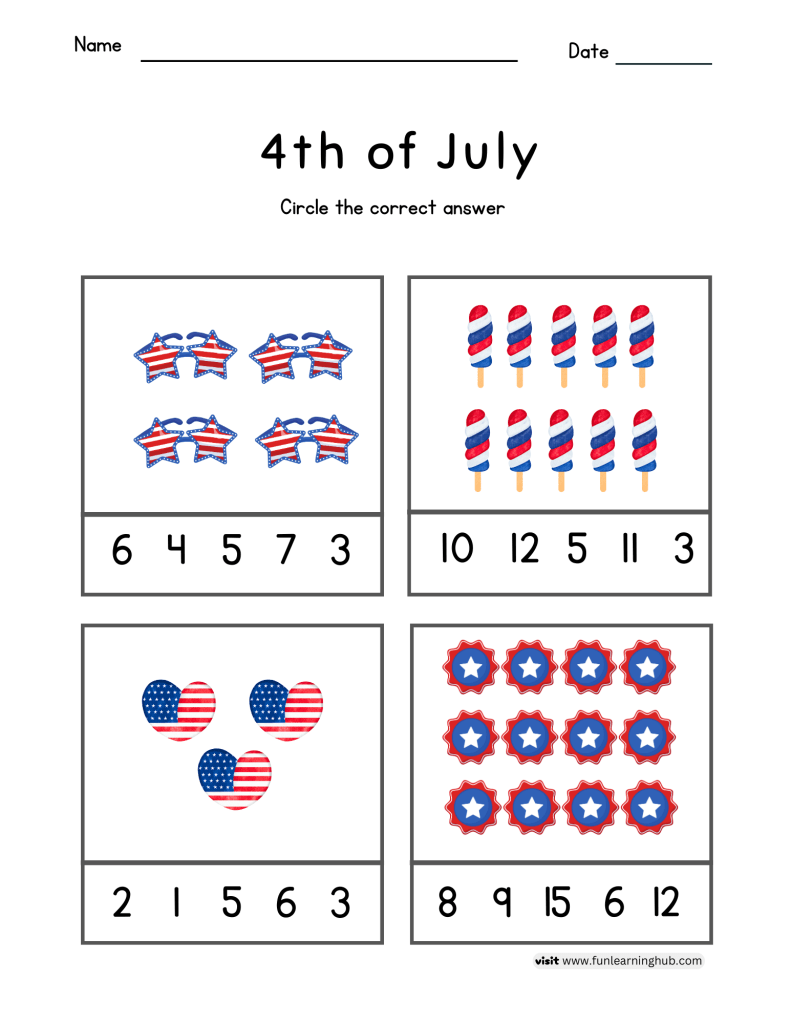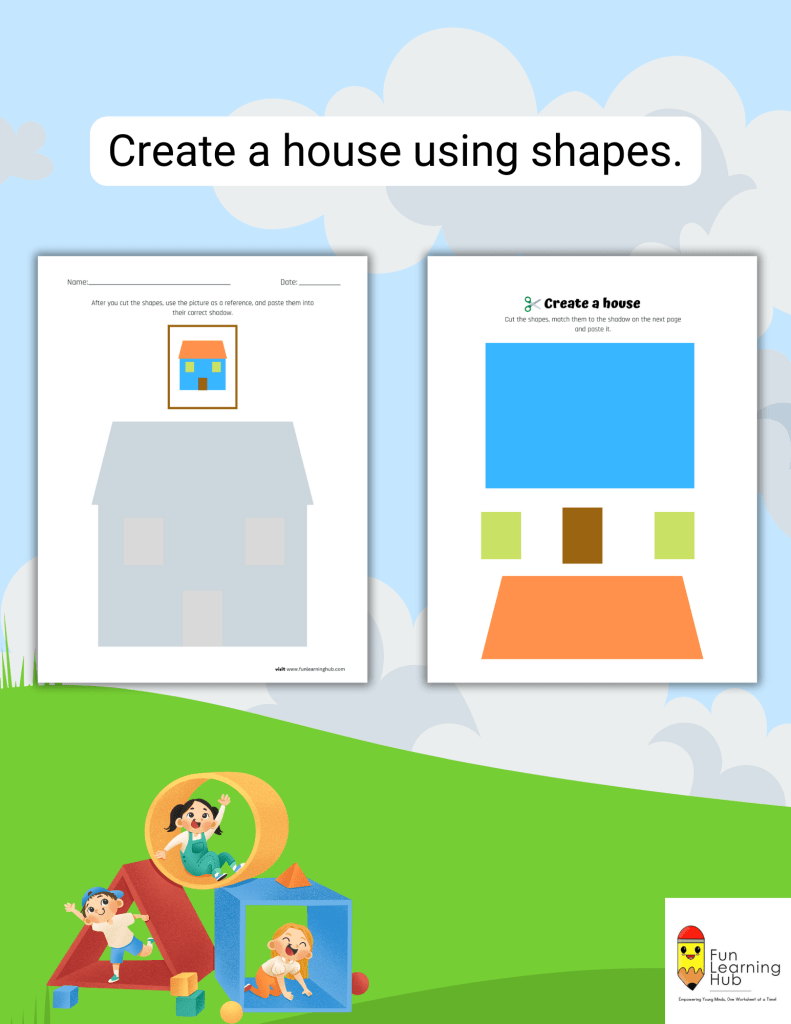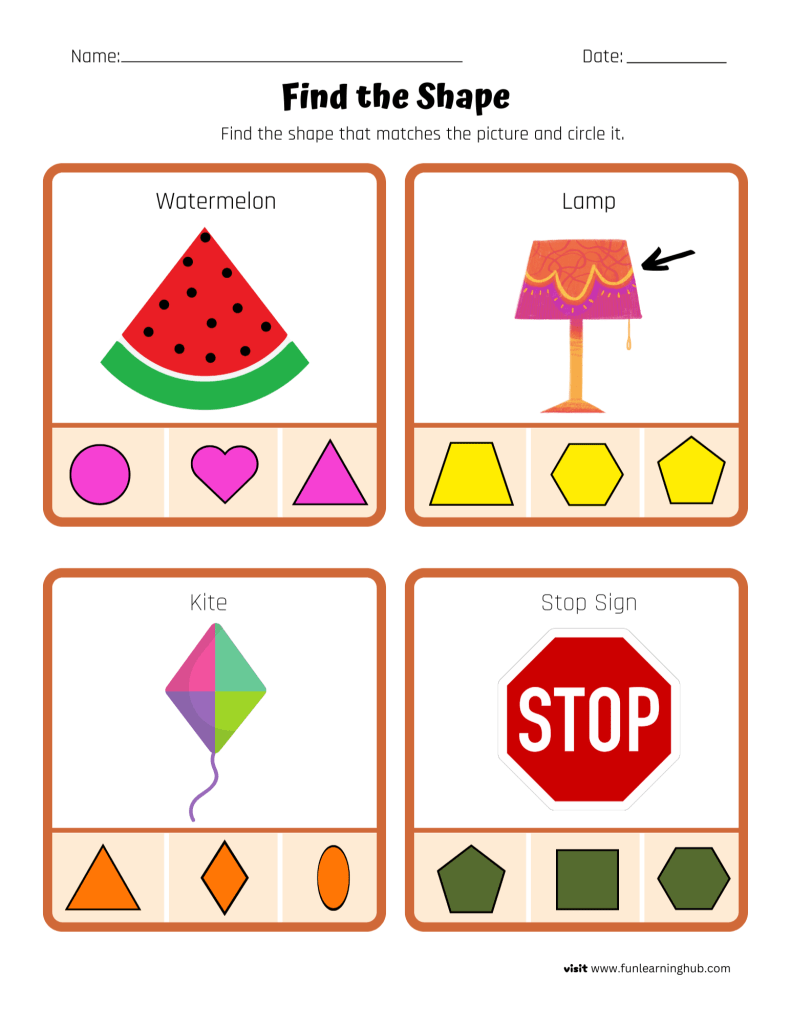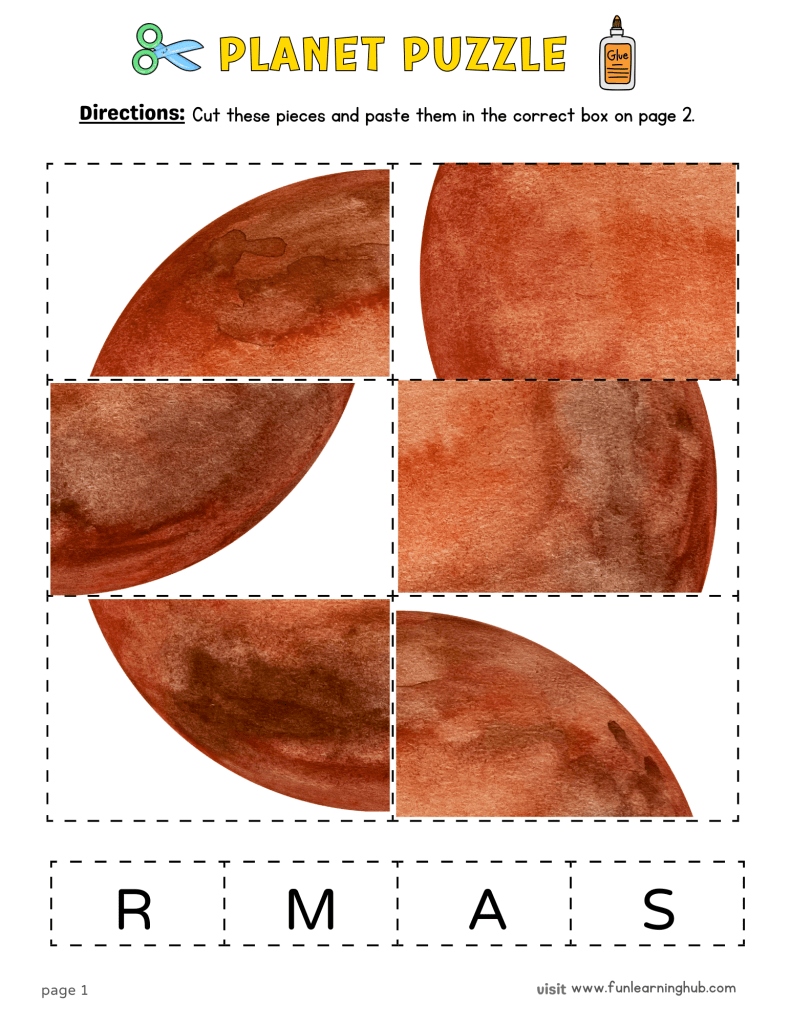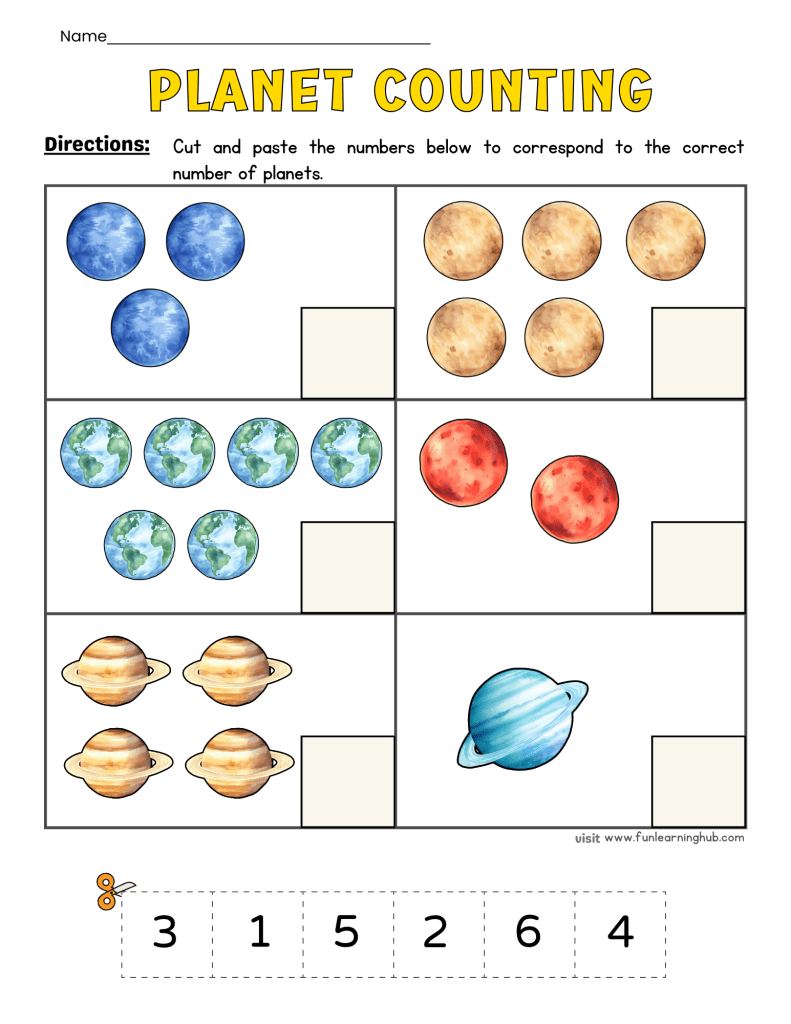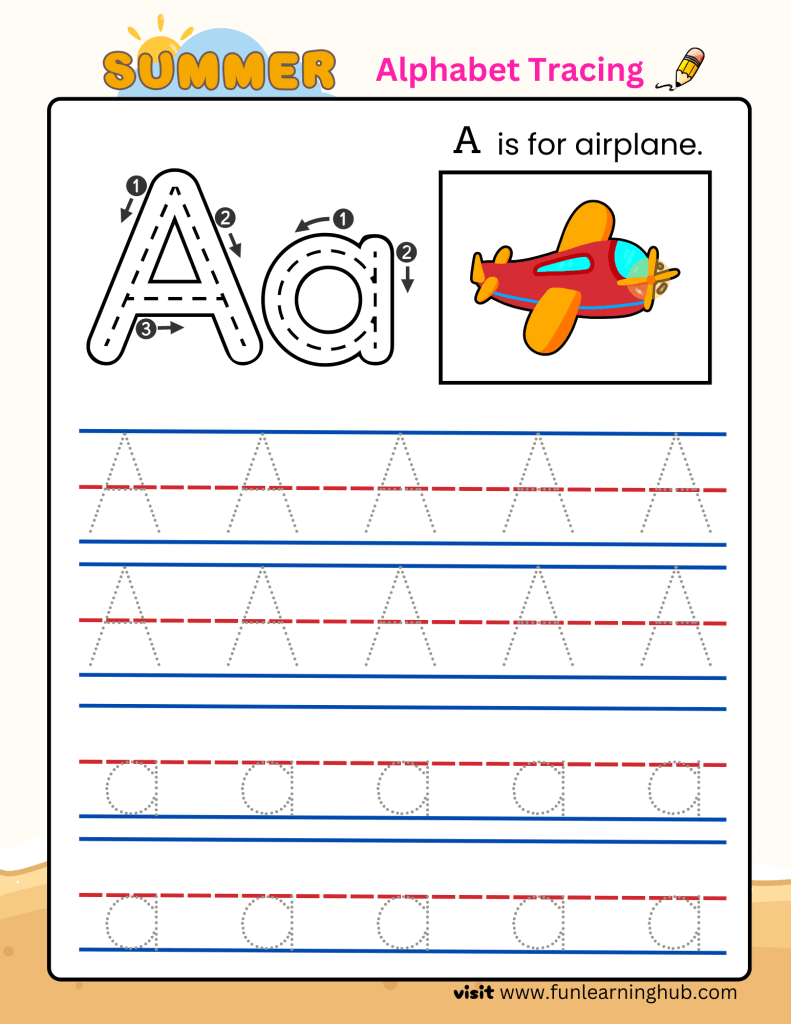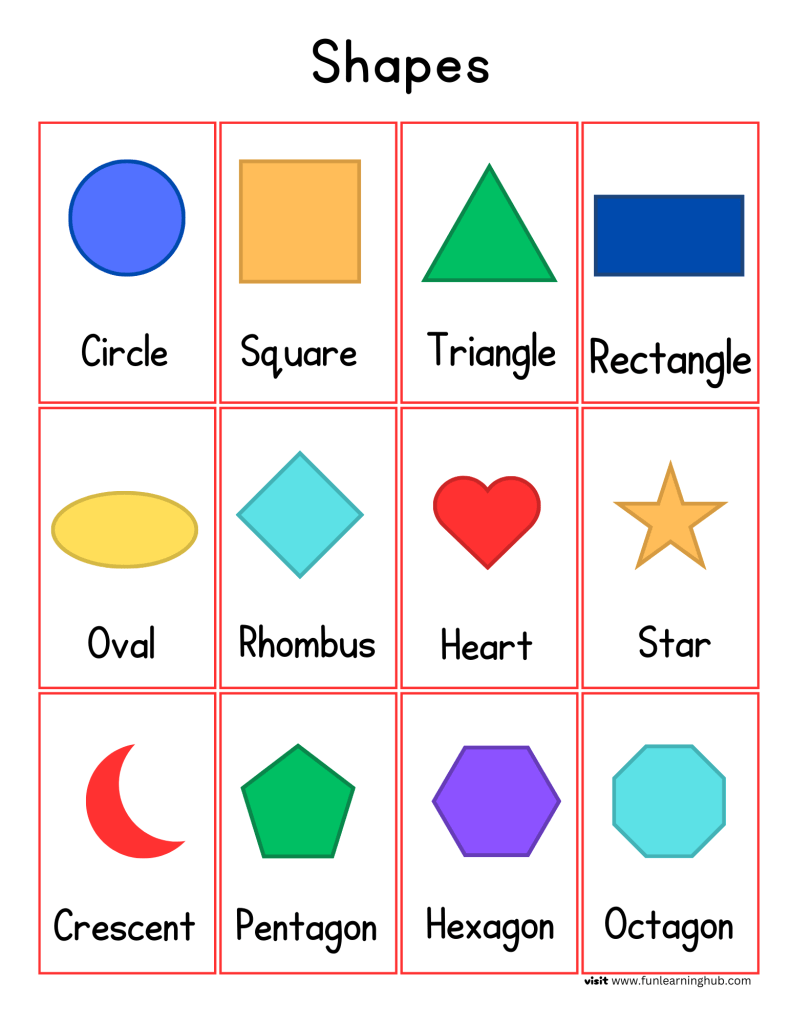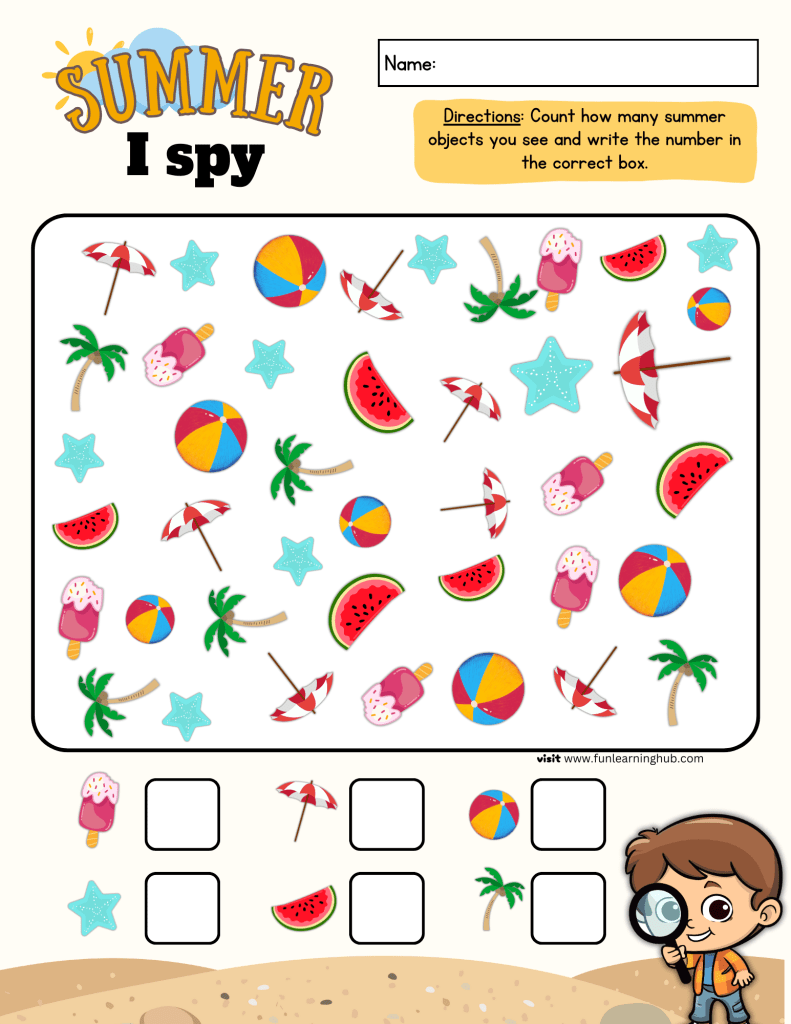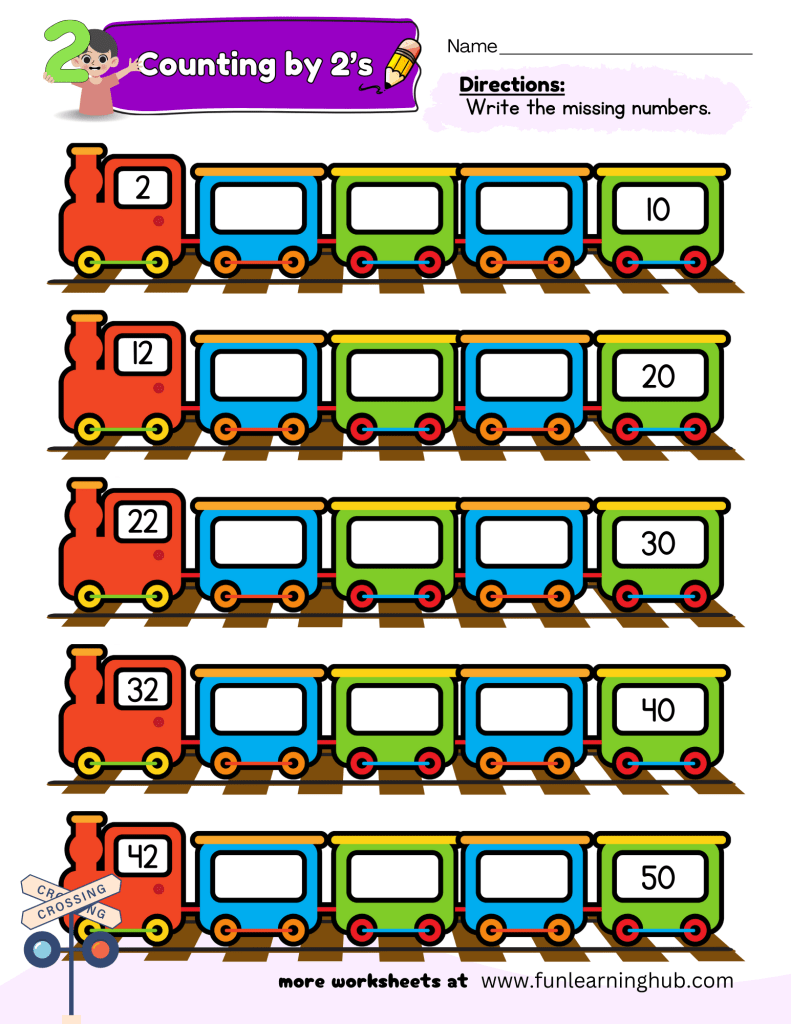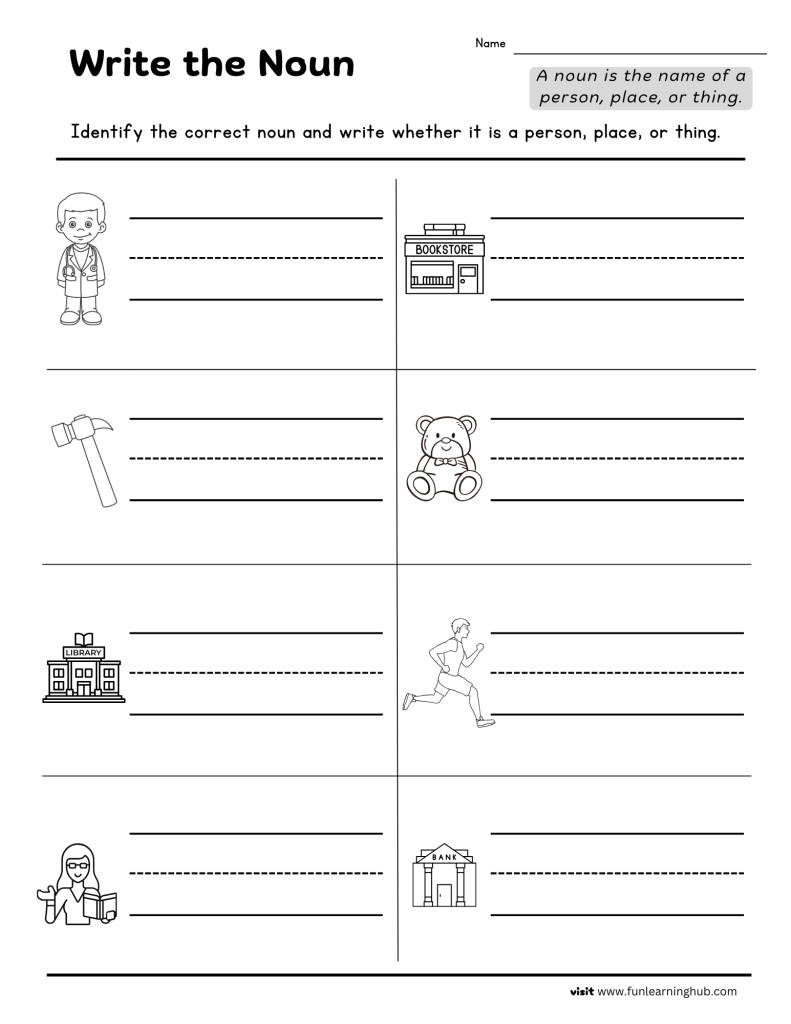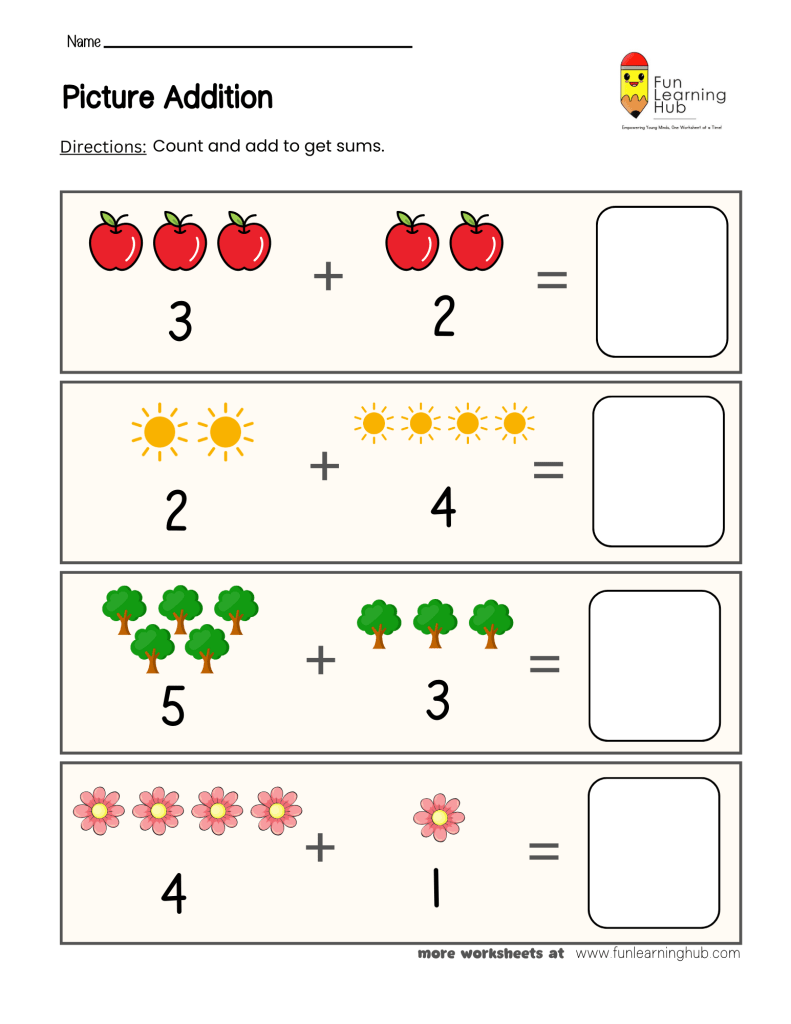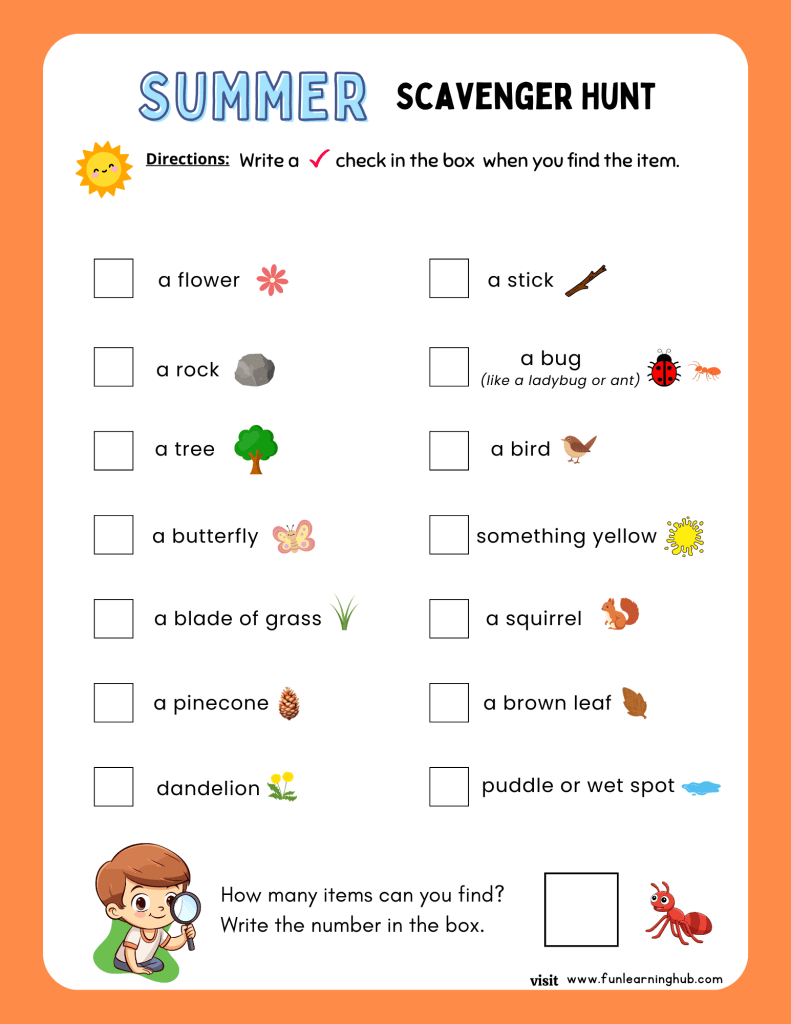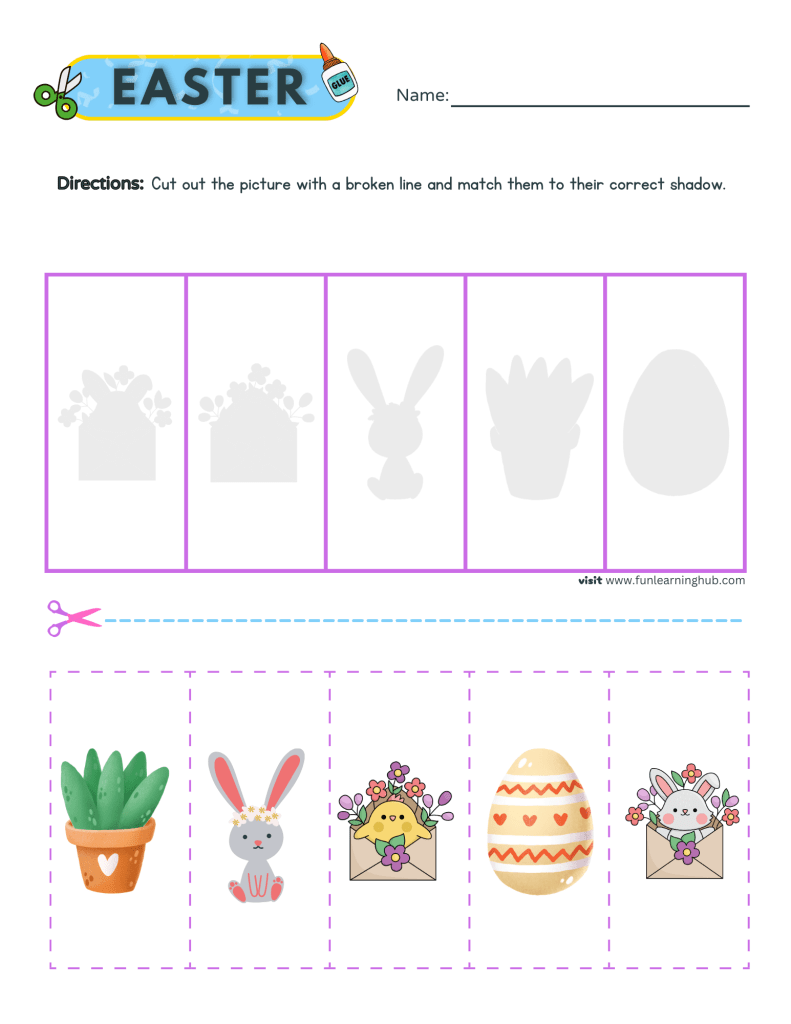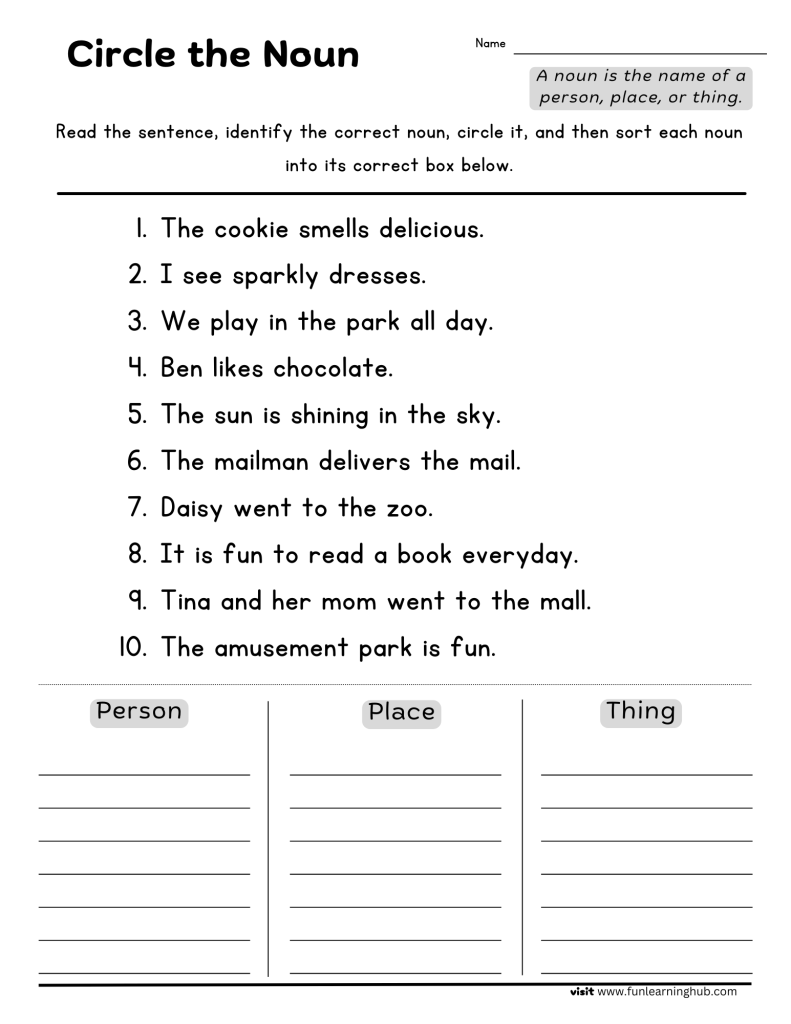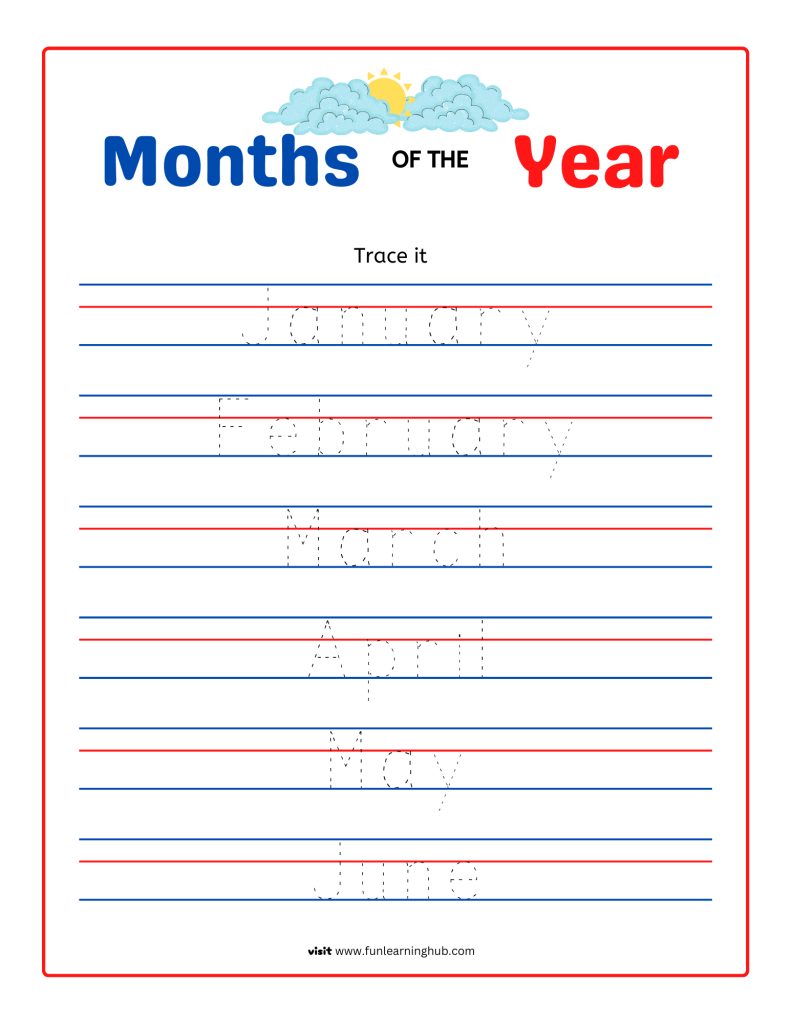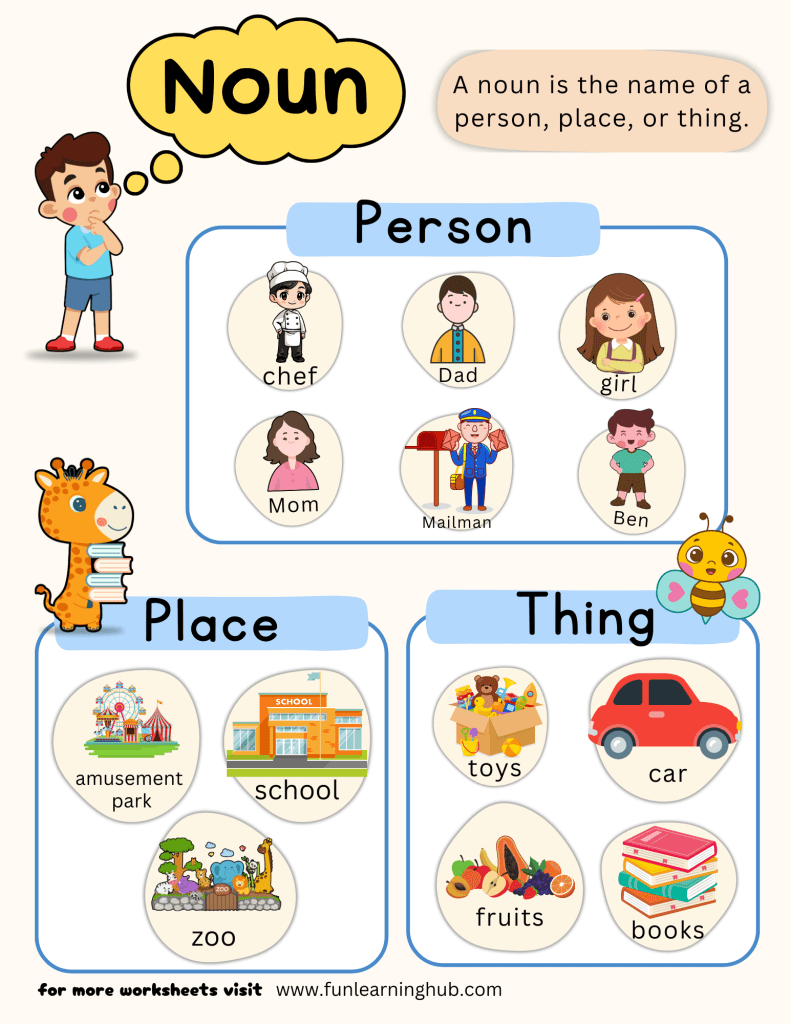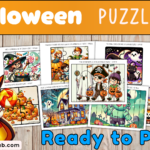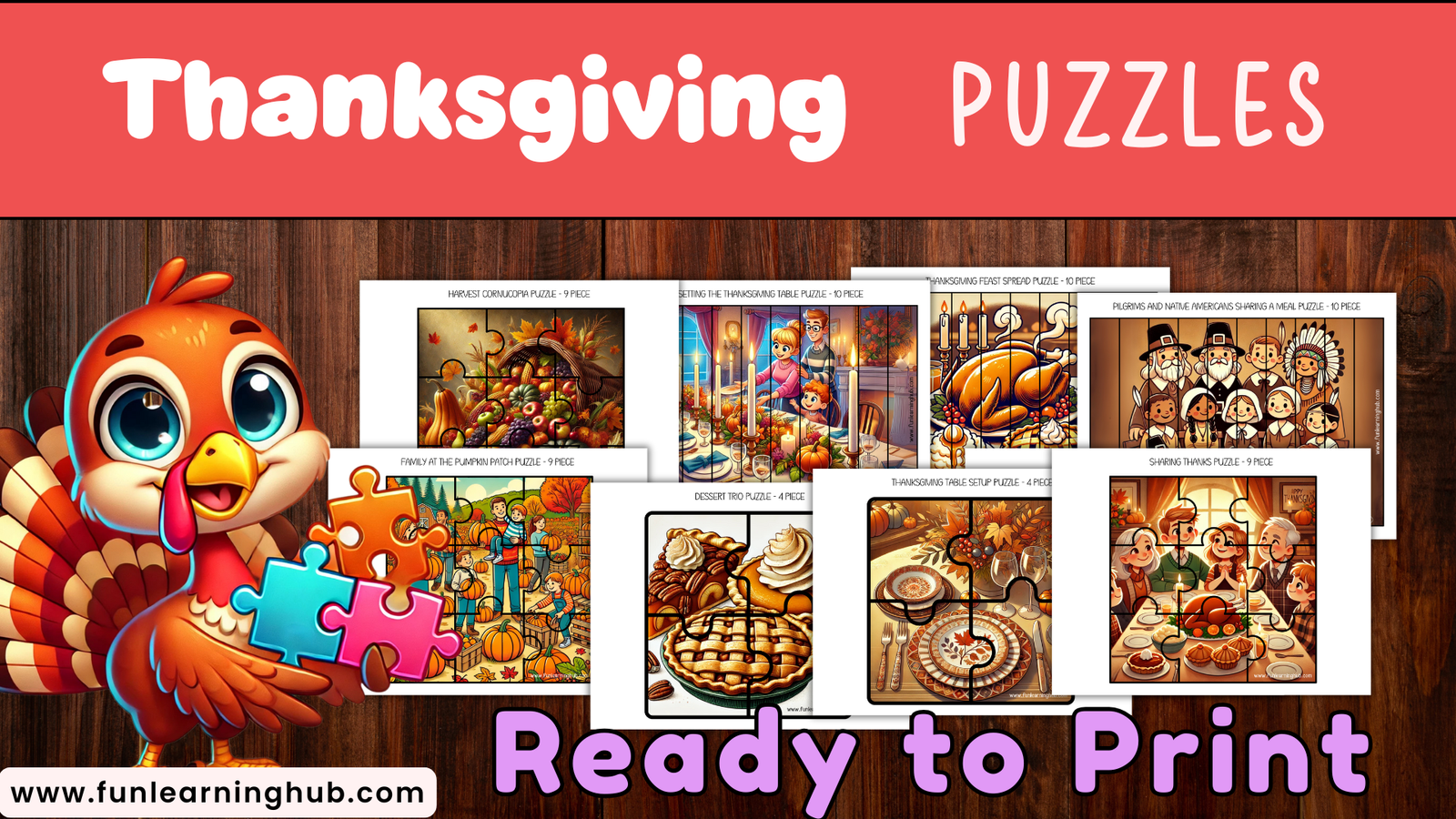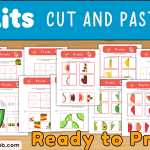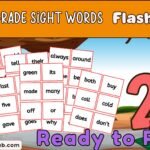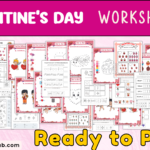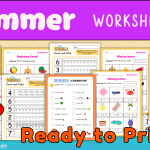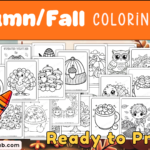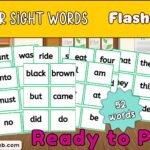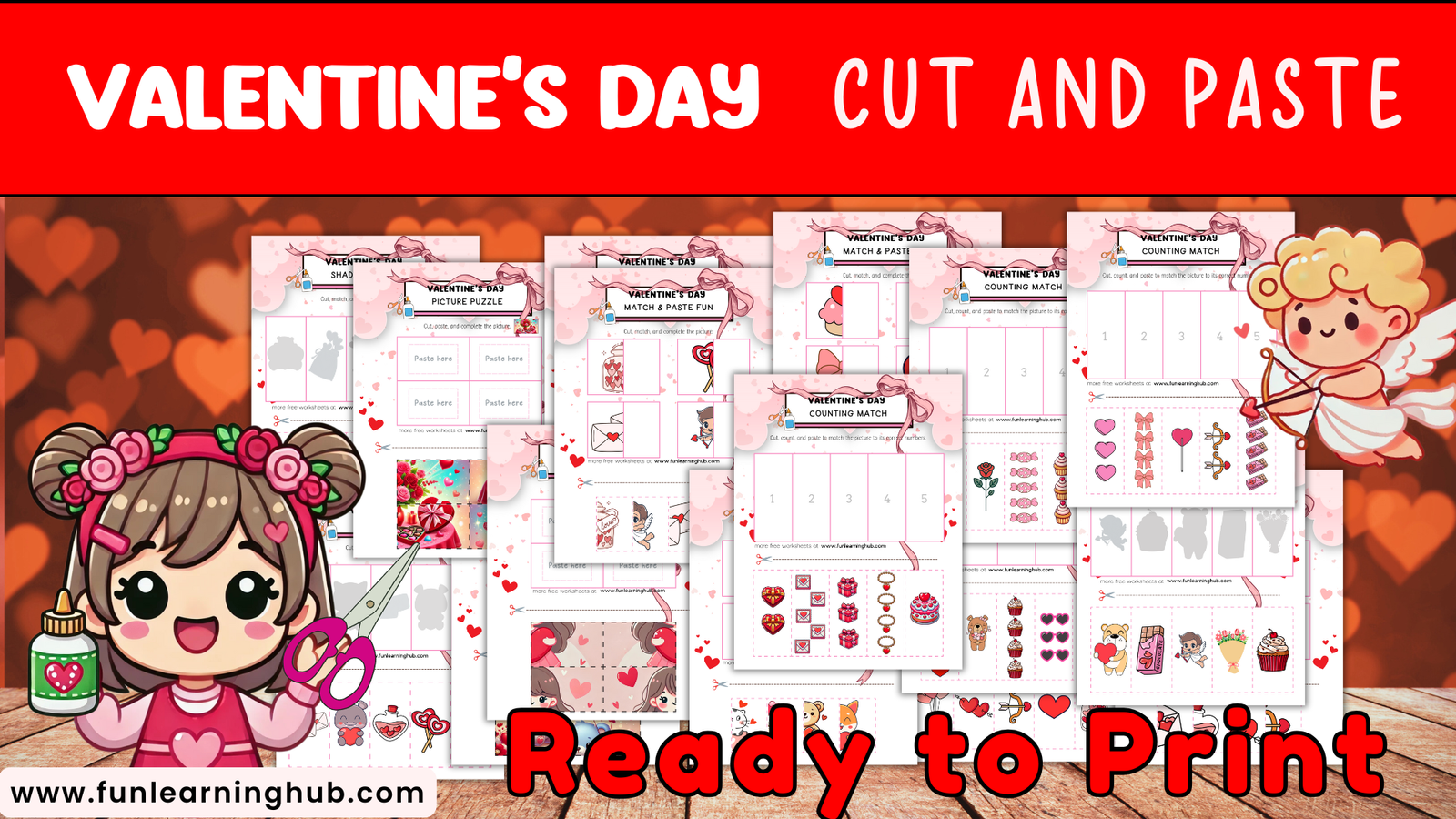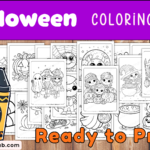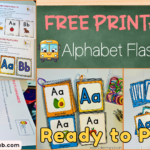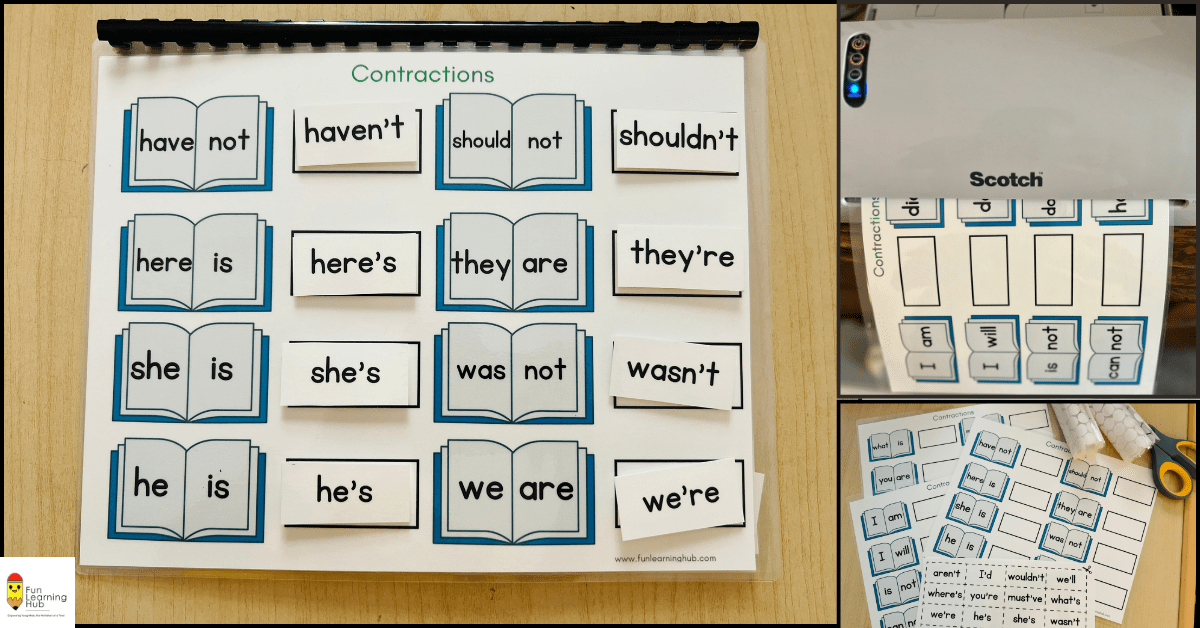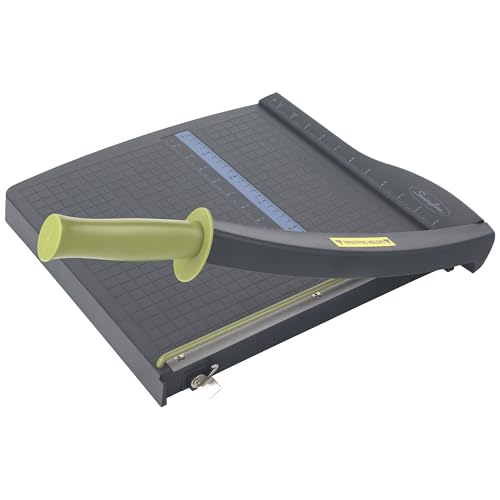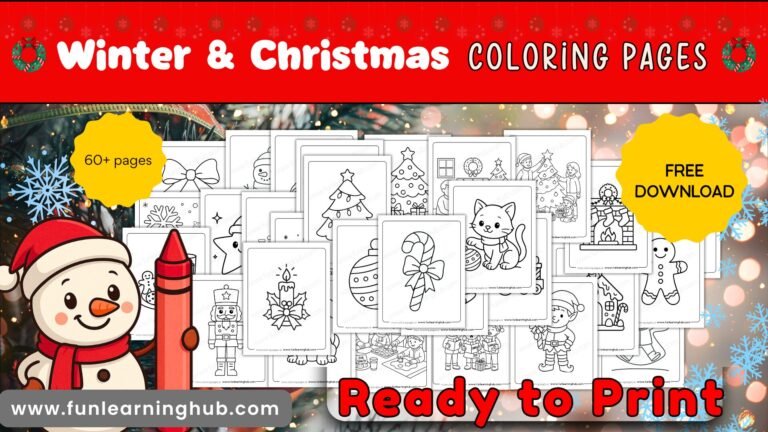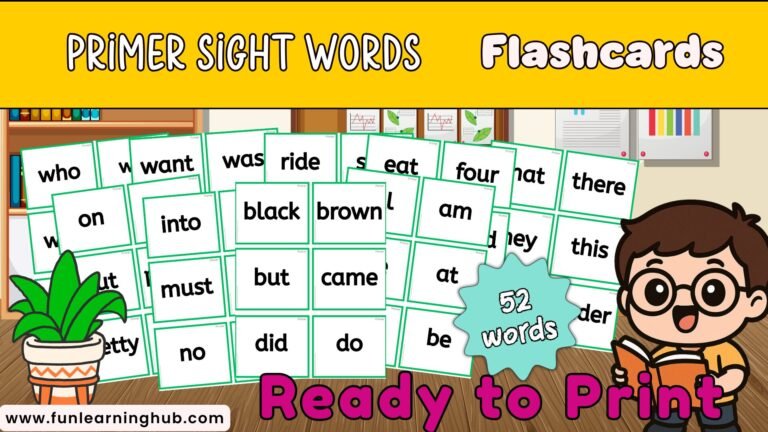How to Teach Contractions to First Graders Plus Download Free Contraction Activity Printables and Worksheets
I’m excited to share some tips on how to teach contractions to first graders based on my experience with my child. I’m a homeschooling mom of two: a first grader soon to be in second grade and a preschooler. I’ll explain how I make learning contractions simple and fun for my little one.
I’ve also created some fantastic resources that I’ve used to make teaching contractions enjoyable and effective! After following the instructions, you can download these resources for free.
As a parent and educator, I understand the importance of engaging and straightforward learning. These resources help young learners grasp contractions, understand when to use them, and have fun.
Let’s get started!
What Are Contractions?
Contractions are shortened forms of words or phrases. They leave out certain letters and replace them with an apostrophe. For example, “do not” becomes “don’t,” and “I will” becomes “I’ll.” These contractions are widely used in everyday communication and writing to create a more conversational and natural flow of language.
How to Teach Contractions to First Graders
Teaching contractions to first graders can be a delightful experience. Here’s a simple, step-by-step approach to make learning contractions easy and enjoyable:
1. Introduce the Concept: Explain what contractions are and why we use them. Use common examples that children hear in everyday conversation, like “can’t” for “cannot” and “we’re” for “we are.”
2. Visual Aids: Use visual aids like our printable flashcards and anchor charts to show the full form of the words alongside their contracted forms. It helps children visualize the transformation and understand how contractions are formed.
3. Interactive Activities: Engage your kid with enjoyable, hands-on activities. For instance, use cut-and-match worksheets where kids cut out the full forms and match them with their contractions. This interactive approach enhances the learning process, making it more engaging and memorable.
4. Practice in Context: Encourage kids to use contractions when speaking and writing. It will help them understand how contractions are used in everyday language and improve their practical language skills.
5. Repetition and Reinforcement: Use repetitive practice to reinforce learning. These contraction worksheets include exercises where kids can repeatedly practice writing contractions and their full forms.
Benefits of Learning Contractions
- Improved Reading Fluency: Understanding contractions can improve reading fluency, helping children read smoother and more naturally.
- Enhanced Writing Skills: Using contractions in writing, such as “can’t” instead of “cannot,” can help to create a more conversational tone that feels less formal and more approachable to the reader.
- Better Comprehension: Understanding contractions helps kids grasp spoken and written language better, improving their overall comprehension.
Disclosure: Some of the links in this post are ‘affiliate links’. This means if you click on the link and purchase the item, I will receive an affiliate commission.
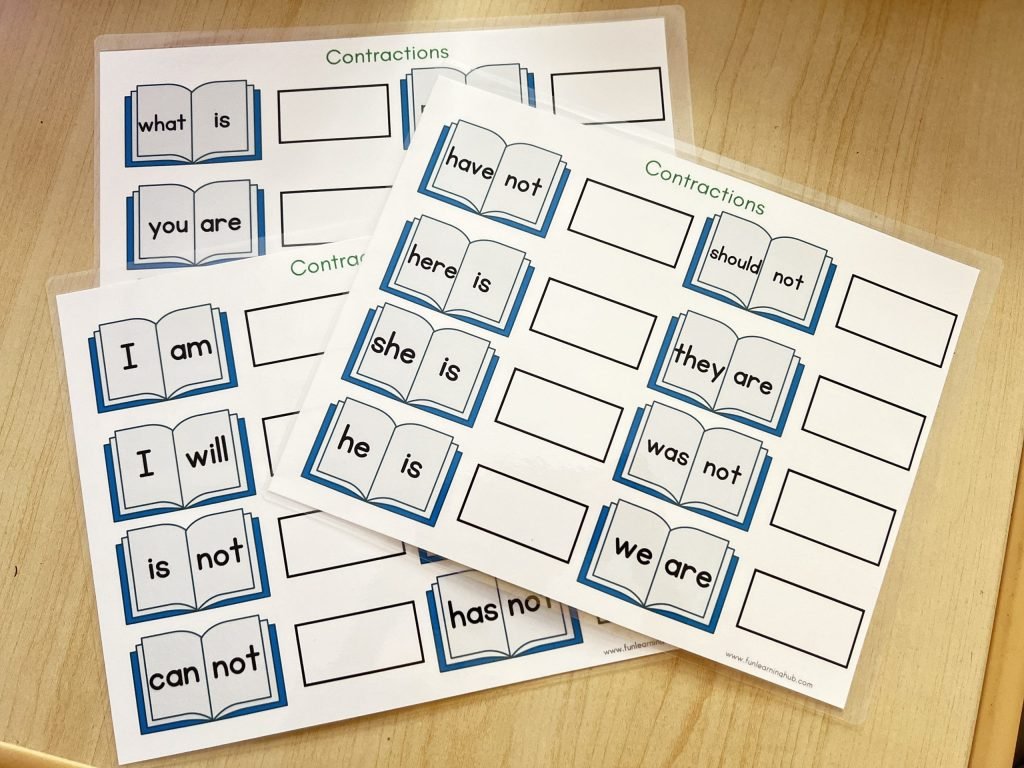

How to Create a Contraction Activity Printable
This activity will help your kid learn the contractions in a fun, interactive way by matching the full forms to their correct contracted forms. Before we get started, we need materials to create this activity.
You can still use this activity if you don’t plan to use it again. Visit this link for instructions on how to do it.
Materials used:
- Cardstock paper (8.5 inches x 11 inches): This will help ensure the activity is durable.
- Printer: You’ll need this to print the activity.
- Laminator: Use this to make your activity last longer and more durable, especially if you plan to make it an interactive game. It’s also necessary if you’re using dot velcro.
- Scissors or paper trimmer: Use these to cut the contractions on pg.4.
- Dot Velcro: Apply this once your resource has been printed and laminated. Put a velcro dot on each empty box and the back of contractions with the broken lines.
- Binder machine(optional): I use these to keep the pages together. If you don’t have one, use binder clips to keep the pages together once you use it for the day.
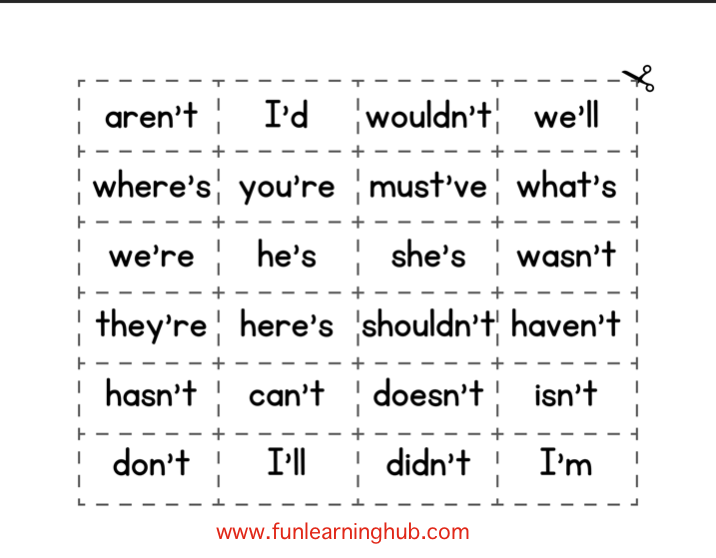
Steps on how to make the activity
Once you have the materials ready, then it is time to bring this activity to life.
- Print all pages, single-sided, using your cardstock paper.
- Laminate all pages and laminate each page maybe two to three times to ensure they won’t open up when cutting the contractions close to the edge.
- Cut the contractions (pg.4) to one with broken lines. See photo.
- Use a dot velcro on all the pages on the empty box.
- Finally, put a velcro on the back of the contractions (pg.4). See photo.
- Use it as many times as needed and have fun learning.
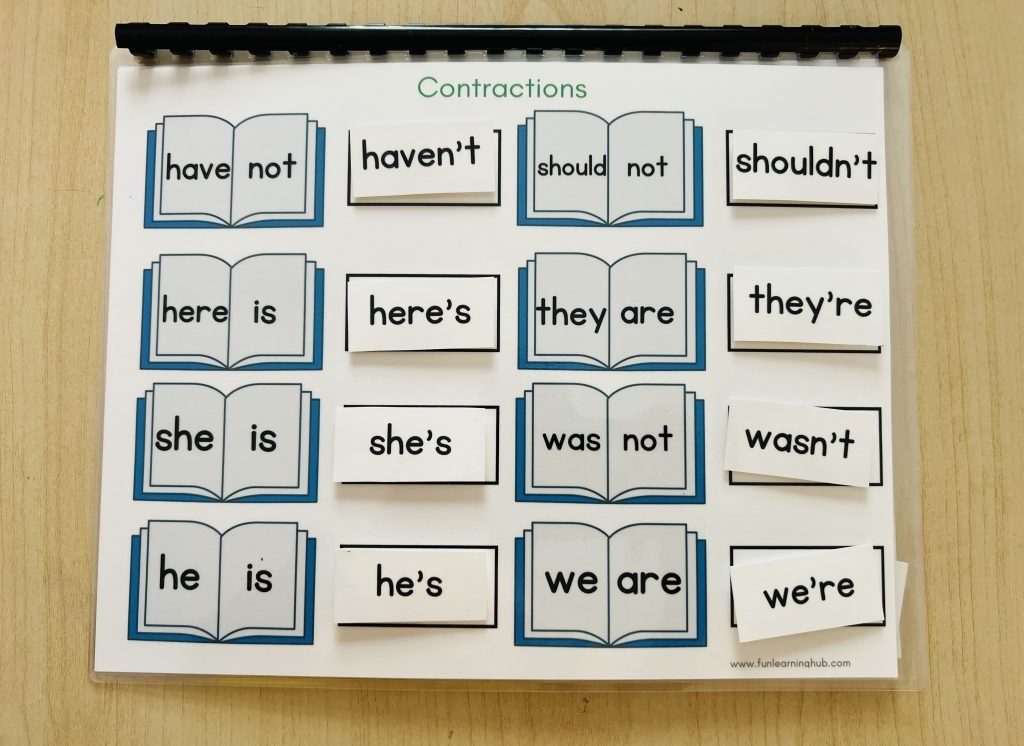
How to make this activity without using a laminator and a velcro dot
If you don’t have a laminator and dot velcro, you can try using these activities without laminating or dot velcro. However, it’s important to note that this method may not be as durable and long-lasting as the traditional way.
This alternative method is still effective if you plan to use these activities briefly. However, the materials may not hold up as well over time.
- Print all the pages
- After printing all the pages, cut the contractions with the broken lines (pg.4). See photo.
- Use the activity by starting to match them to their correct full form.
More Free Contractions Worksheets and Activities
I provide free resources to help young learners master contractions. These include worksheets, flashcards, and an anchor chart. They are designed to help children understand when and how to use contractions.
- Writing the Correct Full Form: Worksheets where children practice expanding contractions into their full forms.
- Writing the Contractions: Exercises where kids learn to form contractions from the full words or phrases.
- Popcorn Cut-and-Match Activities are fun, interactive activities in which students cut out and match full forms with their contractions.
- Printable Flashcards: Handy flashcards to help kids memorize contractions through repetitive practice.
- Anchor Chart: an informative chart you can display in your classroom or home for quick reference.
I hope these resources will bring as much joy and educational value to your home or classroom as they do to mine. Enjoy teaching!
Please like and follow us on our social media accounts!
More Free Resources
